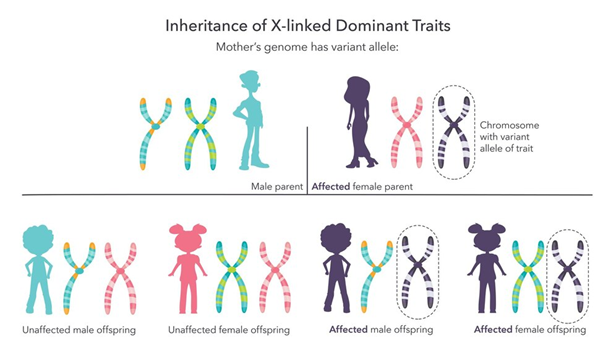A gene is a sequence of material in the cells of the body that indicates what you will inherit from your biological mother and father. These tiny units of DNA determine your gender, the color of your eyes, how tall you will be, and everything about your body and mind. Some genes control how your body functions by expressing proteins while many other genes control the production of these proteins. This means some genes produce actions in the body through proteins. Other genes control the amount of protein production. The work of genes is an extremely complicated process.

Issues with gene function can be due to genetic inheritance, can become damaged, or are missing at birth. The genes that control other genes’ actions can be over- or underproductive or may not work at all.
Alfred Sturtevant first discovered gene mapping in the fruit fly in 1911 at Columbia University. Many strides were taken from this discovery to map the human gene sequence, completed in April 2003. This was a huge leap in understanding the different parts of human genetic sequencing, which is the first step in learning how to correct errors in genes that cause or affect health issues.
Although gene therapy is currently under development, it is important to be aware of the process and progress as this is now and will be a treatment for health conditions in the future.
Gene therapy is a medical treatment under development that can be used for:
-
- Gene Addition which replaces genes that are not working as they should with healthy copies of the poorly functioning gene.
- Gene Inactivation stops inactive or overactive disease-causing genes in either the affected gene or the genes that control the behavior of other genes
- Gene Editing changes the sequence of a gene to correct mutations
- Antisense Oligonucleotide Therapy is the use of synthetic molecules to block the activity of specific genes
Gene therapy is delivered using various methods, depending on the health issue. Typically, the treatment is given by injection (shot) or I.V. Viruses are typically used as gene carriers in the body as they are easily able to enter the body’s cells. Infectious agents are removed from the virus and replaced with the genes that are needed. One of these techniques might be used:
-
- Plasmid DNA are genetically engineered molecules that deliver genes into cells
- Vectors can be viruses or bacteria with their infectious disease removed to carry therapeutic genes into human cells
- Human gene editing technology disrupts or repairs mutated genes
- Patient-derived cellular gene therapy the removal of cells from the body, genetically re-engineered, and returned to the individual.
Some gene therapies are currently in use. Limited to children under the age of two is the treatment of spinal muscular atrophy, a genetic disorder that leads to muscle weakness and wasting. Current studies are being conducted to assess this treatment in older children. Other gene therapy treatments include those for cerebral adrenoleukodystrophy, a rare genetic disorder that damages the brain and adrenal glands.
Many different treatments using gene therapy in pediatrics are under study. Just a few of the studies of gene therapy include those to treat cerebral palsy, brain injury, stroke, spinal cord injury, and other neurological categories. There are more options, although still small in overall number, for adults which may include some individuals in the later teen years.
Specifically for children and adults with paralysis, studies are being conducted to utilize gene therapy in neurological diseases such as Parkinson’s disease, and multiple sclerosis, among others. Treatment of ALS is available in gene therapy. These diseases are appearing in small numbers in teens and preteens. In spinal cord injury, studies of adding and promoting genes to regrow nerve fibers across injury sites are in the early stages.

